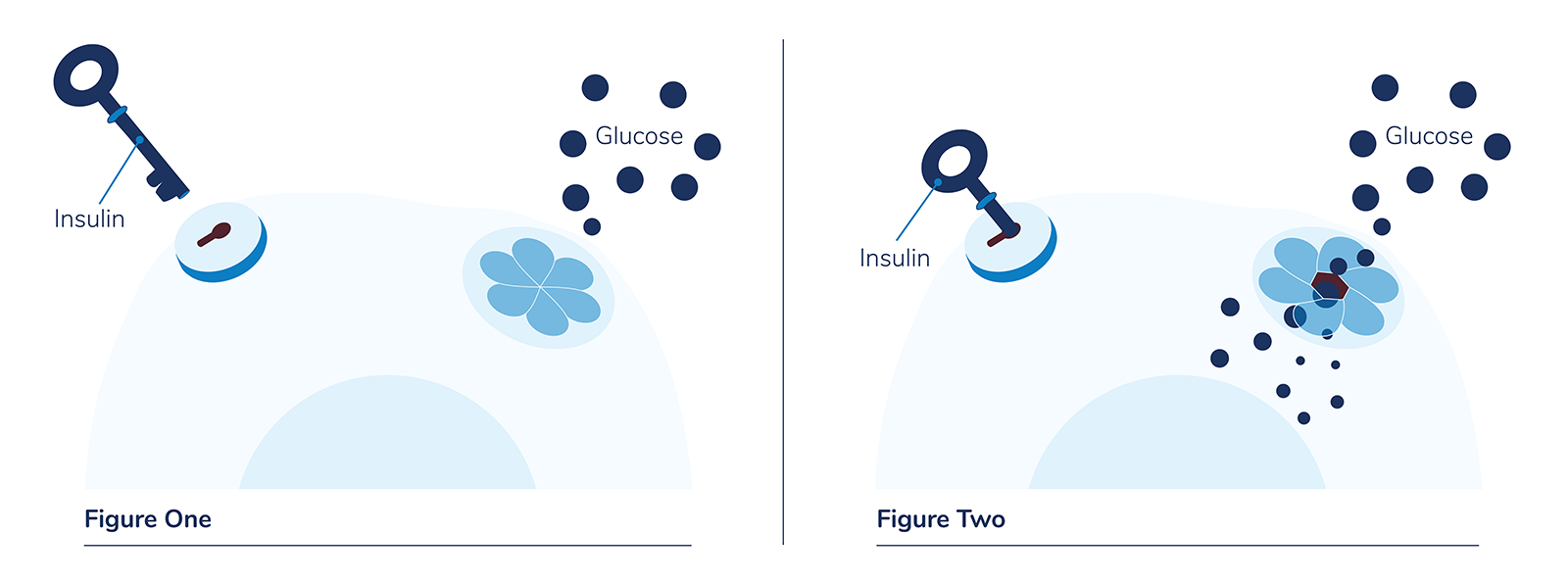
A Complete Guide To Diabetes In Older Adults
It’s true: As the population continues to age, the number of seniors affected by diabetes is also increasing.
It’s even estimated that 33% of adults aged 65 years or older have diabetes. These seniors are more at risk of developing diabetes-related complications like hypoglycemia (low blood sugar), kidney failure, and heart disease than younger people living with diabetes.
That’s why it’s especially important for seniors to stay informed on the symptoms, treatments and types of diabetes. Keep reading for a closer look at diabetes and how it can affect seniors.
What Is Diabetes?
Diabetes is a chronic condition that affects how the body transforms food into energy. In order to understand diabetes, it’s important to first understand glucose, insulin and how they function in our bodies.
Our bodies turn food we eat into sugar, called glucose. This glucose is our bodies’ main source of energy, but in order to turn this sugar into energy, we need insulin. When our bodies release insulin from our pancreas, the insulin helps glucose leave our bloodstream and enter our cells.

Imagine that your cells are like locked doors. Glucose doesn’t have a way to get in on its own, but insulin acts like a key to let the blood sugar into your body’s cells where it can be used as energy.
If you haven’t eaten in a while and glucose levels are low, your liver will break down stored glycogen into glucose to keep your glucose levels within range. When our blood sugar goes up, it signals to our pancreas to release insulin to help the sugars enter our cells.
If you have diabetes, your body doesn’t make enough insulin or can’t use it as well as it should. When there isn’t enough insulin or when cells stop responding to insulin, too much blood sugar stays in your bloodstream. Over time, that can cause serious health problems, such as heart disease, vision loss, kidney disease and more.
Currently there is no cure for diabetes, but there are steps you can take to help:
- Eat healthy food.
- Stay active.
- Maintain a healthy weight.
- Take medicine as prescribed.
- Get diabetes self-management education and support.
- Make and keep health care appointments.
Types Of Diabetes
There are two main types of diabetes: type 1 and type 2.
- Type 1 Diabetes
This is when the body does not produce enough insulin, a hormone that regulates blood sugar. Although it’s possible for older adults to develop this type of diabetes, it begins most often in children and young adults, who then have diabetes for life.
- Type 2 Diabetes
Type 2 diabetes is the most common type of diabetes. It occurs when the body does not use insulin properly, creating an insulin resistance. As a result, blood sugar levels can become too high. Type 2 diabetes can be managed through a combination of lifestyle changes, such as diet and exercise, and medication.
Causes Of Type Two Diabetes
The most common type of diabetes among seniors is type 2. The risk of being diagnosed with diabetes jumps even higher at the onset of your senior years. In fact, almost 25% of Americans 65 and older have been diagnosed with type 2 diabetes, and undiagnosed cases may account for another 4.7%.
That means more than 1 of every 4 seniors living in America lives with type 2 diabetes. While both types of diabetes can lead to serious health complications if not properly managed, type 2 diabetes is often diagnosed later in life, and seniors aren’t sure how to manage it.
Some common factors that contribute to the risk of diabetes include:
- Lack of exercise and physical activity
- Being overweight
- High blood pressure
- Family history
- Age (above 45 years)
- High cholesterol levels
- Ethnicity and race
Prediabetes In Seniors
In the United States, 96 million Americans have prediabetes. That’s more than 1 in 3 Americans! More than that, 8 out of 10 of them are unaware that they have it.
Prediabetes occurs when a person’s glucose levels are higher than normal but not high enough to be considered diabetic. Someone with prediabetes has an increased risk of developing type 2 diabetes, heart disease and stroke.
The good thing? Prediabetes means that the onset of diabetes is still preventable.
Prediabetes = Preventable diabetes, because there are steps you can take to lower your risk of developing diabetes. If you are able to make changes to overall diet and lifestyle, prediabetes is reversible, and people are able to prevent it from turning into type 2 diabetes.
